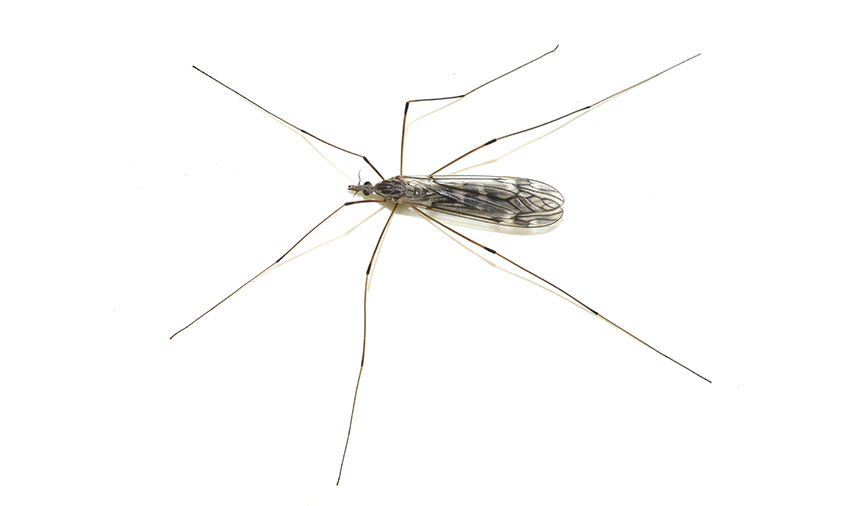Pam’s Perspective
From the…
Pam Otto is the Manager of Natural Programs and Interpretive Services for the St. Charles Park District
June 21, 2013
The other night a large, mosquito-like insect was flying around the kitchen. I waited until it landed, then let it outside. Not five minutes later, I spotted another. Out it went, too.
Then Tuesday, at work, someone reported a “giant mosquito” in the hallway. I went to investigate (OK, investigate and take pictures), then caught and set that insect free as well.
I’ll admit it. I have a thing for crane flies. Unlike fireflies, butterflies and dragonflies (and caddisflies, mayflies, stoneflies, whiteflies, sawflies …) crane flies are true flies, members of the insect order Diptera. Di- means two and –ptera means wings; having two wings instead of four is the trait that distinguishes these insects from virtually all others.
Crane flies make up the largest family within the order and, as a bonus to us fly-watchers, are fairly large. Many individuals sport body lengths of around an inch, with legs that measure nearly twice that long.
Without a doubt, crane flies give you a chance to see, up close and personal, just what it is that makes a fly a fly. Where the second set of wings normally would sprout, flies instead sport a pair of small, knobbed structures called halteres. They stick out at right angles to the fly’s body and look something like the balancing poles used by tightrope walkers like the Fly-ing Wallendas.
In fact, halteres are all about balancing. As a fly flies, the halteres vibrate rapidly and out of phase with the wings and help keep the insect flying level. The sensory information provided by the halteres is much like that provided by the instrument panel on an airplane. Mess with a fly’s halteres, and you’ll ground it for life.
“Gladly!” you’re probably thinking, as you picture a house fly tainting your picnic foods–or, worse, its larvae – maggots – making themselves at home in something meaty and dead. While it’s true that some
fly species are vectors of disease, crane flies are harmless. They might look for all the world like enormous, bloodthirsty mosquitoes, but the reality is that adult crane flies rarely feed. Their primary goal at this stage of life is to find a mate and pass along some genes, perhaps procuring a drink of water along the way.
Crane fly larvae, on the other hand, have a different objective. They aim to eat as much as possible during the 10 months or so they spend as juveniles. Plump and soft, usually light gray in color, the legless crane fly larvae can grow to almost three inches as they munch away on their way to pupation.
Crane fly larvae can be found in a variety of habitats, ranging from streams and ponds to moist woodland floors. Most species are scavengers that eat decaying plant matter, and play important roles as decomposers in their respective ecosystems.
As an additional role, aquatic crane fly larvae also serve as indicators of water quality. They can’t tolerate a lot of pollution, so their presence in a stream is a sign that the water is at least moderately clean.
The next time you spot a fly on the wall, take some time to check it out. Does it look like a giant mosquito? Can you see the halteres? You may find you have a thing for crane flies too!
Pam Otto is the manager of nature programs and interpretive services at the Hickory Knolls Discovery Center, a facility of the St. Charles Park District. She can be reached at potto@stcparks.org or 630-513-4346.

